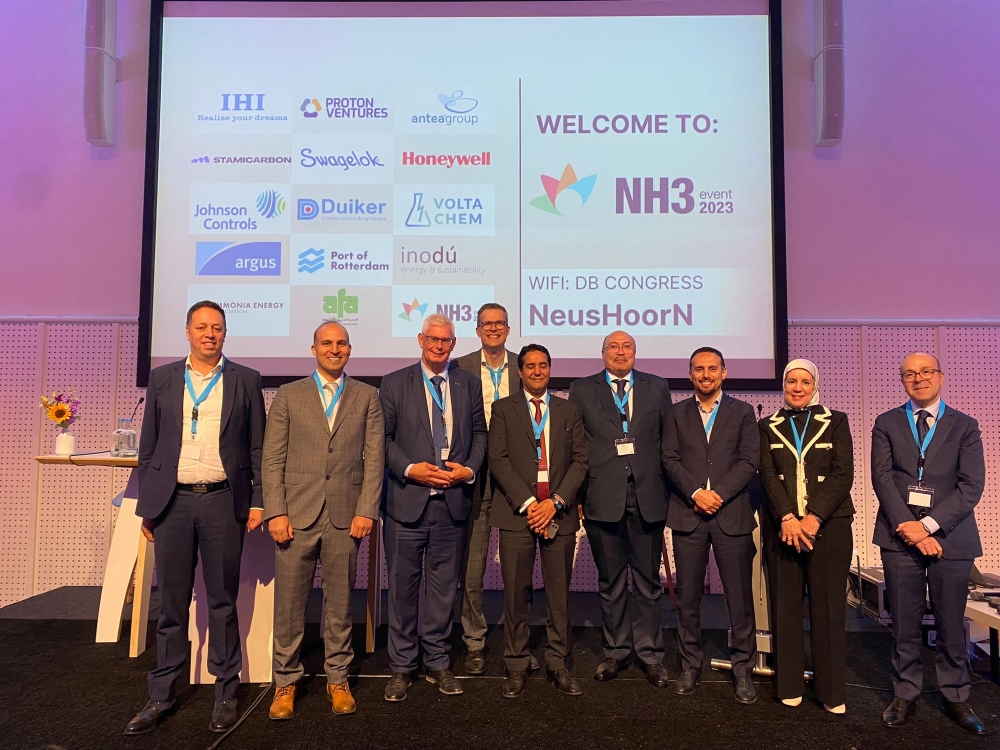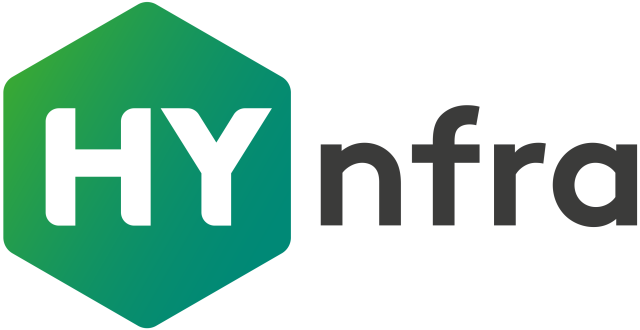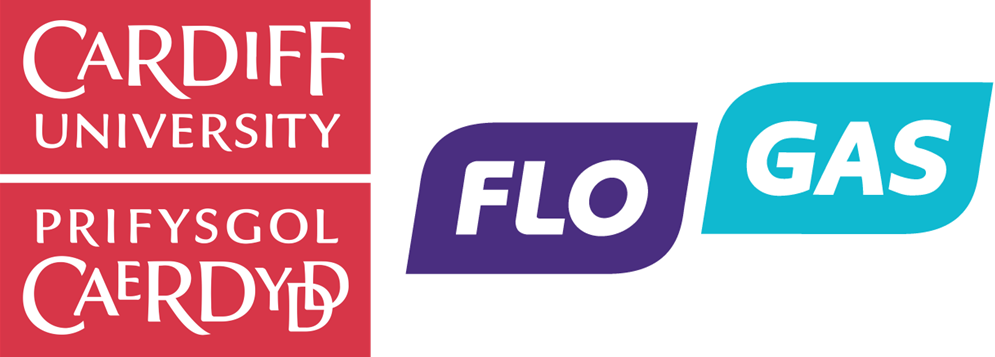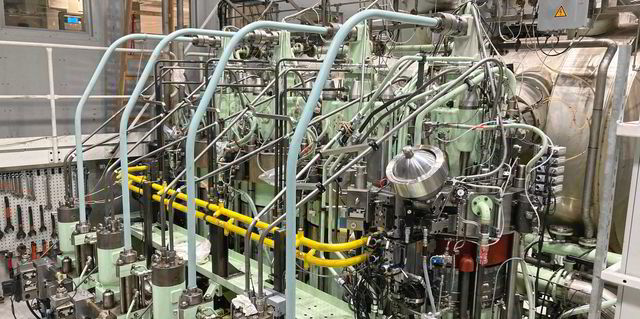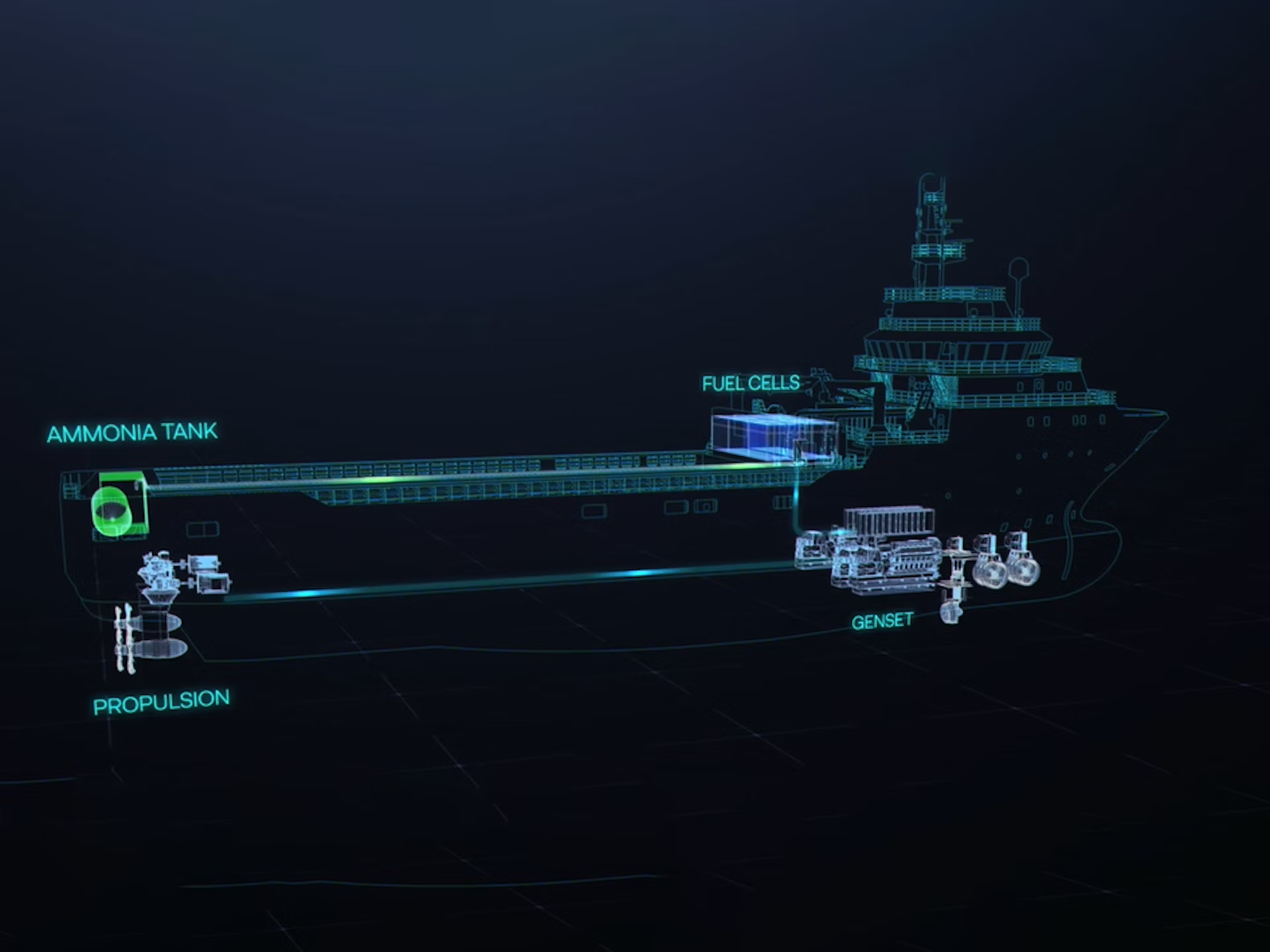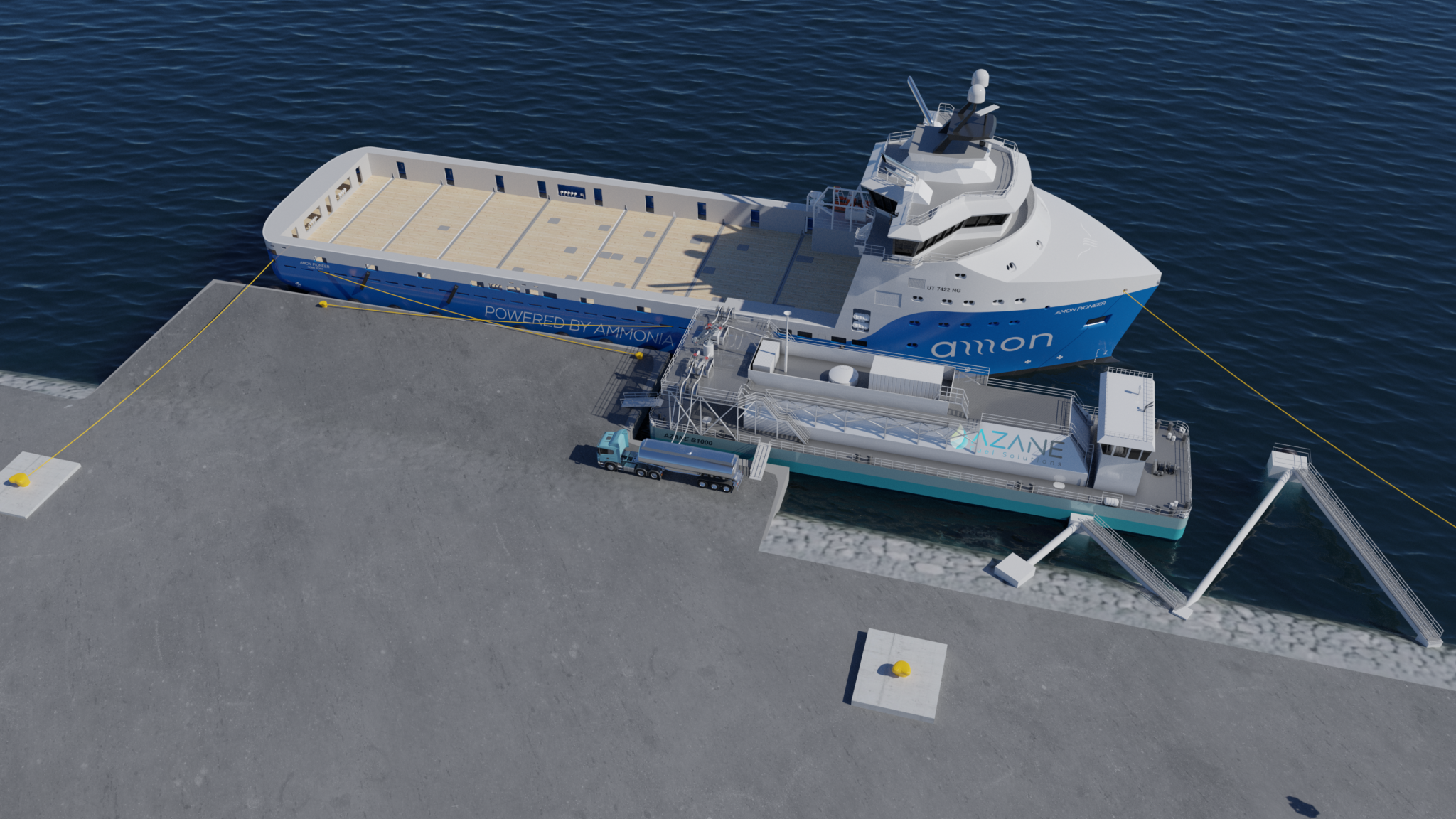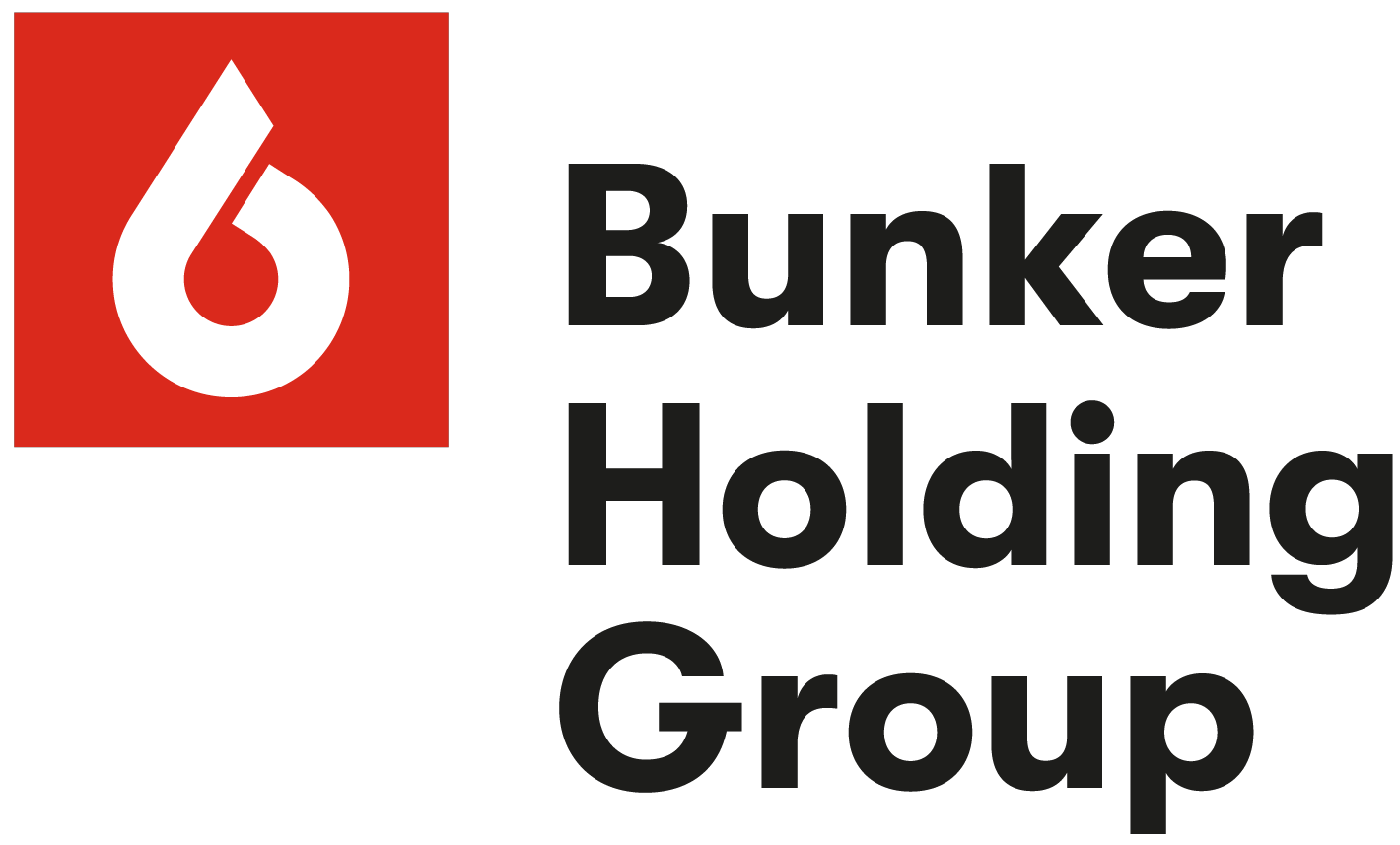2023 really is the year of change for the clean ammonia business, with momentum on display across the world. Let’s keep up the pace, keep working together, and help spread the word that clean ammonia will be a winning market.
Europe
Ammonia-powered boilers for UK industrial heating
In the next three years, thanks to the UK Department of Energy funding, Cardiff University will partner with Flogas to scale its ammonia boiler technology, and deploy in the UK industrial heating market.
H2Global quadruples funding for low-carbon hydrogen and derivatives
H2Global has quadrupled its funding for low-carbon hydrogen and derivatives, financed by the German Federal Ministry for Economic Affairs and Climate Action. The funding will support H2Global’s contract-for-difference instrument which covers the increased costs of producing “green” hydrogen and provides secure long-term contracts for suppliers.
MAN Energy Solutions: testing begins on two-stroke marine ammonia engine
In an interview with media outlet TradeWinds, MAN Energy Solutions has indicated that a detailed testing program for its two-stroke marine ammonia engine began last week in Copenhagen. With safe, sustainable operations paramount, MAN is aiming for the test engine to operate on 100% ammonia fuel in all four cylinders by 2025.
Alma Clean Power announces successful testing of direct ammonia fuel cells
The Norway-based technology developer has announced successful testing of a 6 kW, ammonia-fed solid oxide fuel cell unit. The test unit is seen as the “first building block” of a larger 100 kW module to be stacked & used for marine propulsion.
New bunkering partnerships to unlock ammonia fuel market
Yara and Bunker Holding will look to accelerate the supply of ammonia bunker fuel to first movers in the shipping industry, focusing on key trading routes and port locations. In Norway, Equinor and Azane Fuel Solutions will undertake a new project, aiming to demonstrate how Norway’s offshore sector can be decarbonised by 2030 via the use of clean ammonia fuel.

